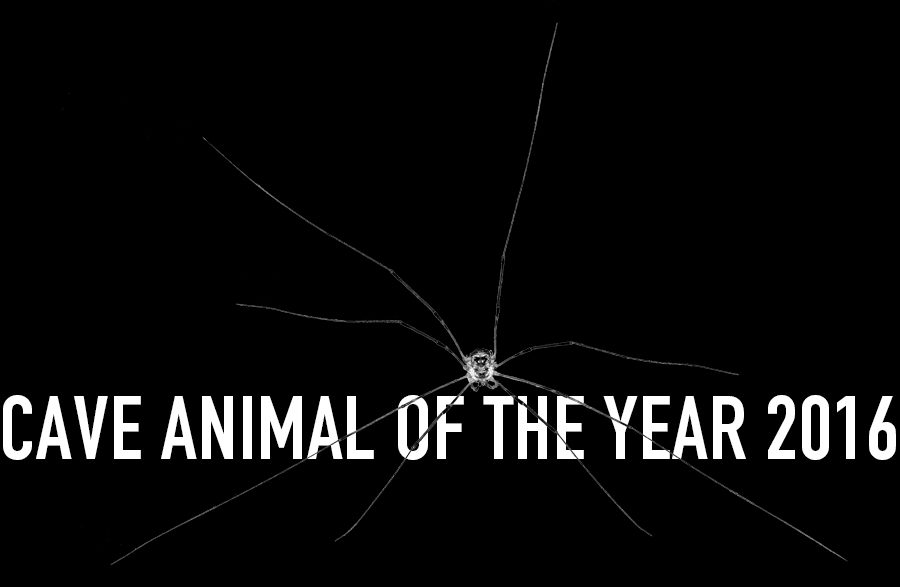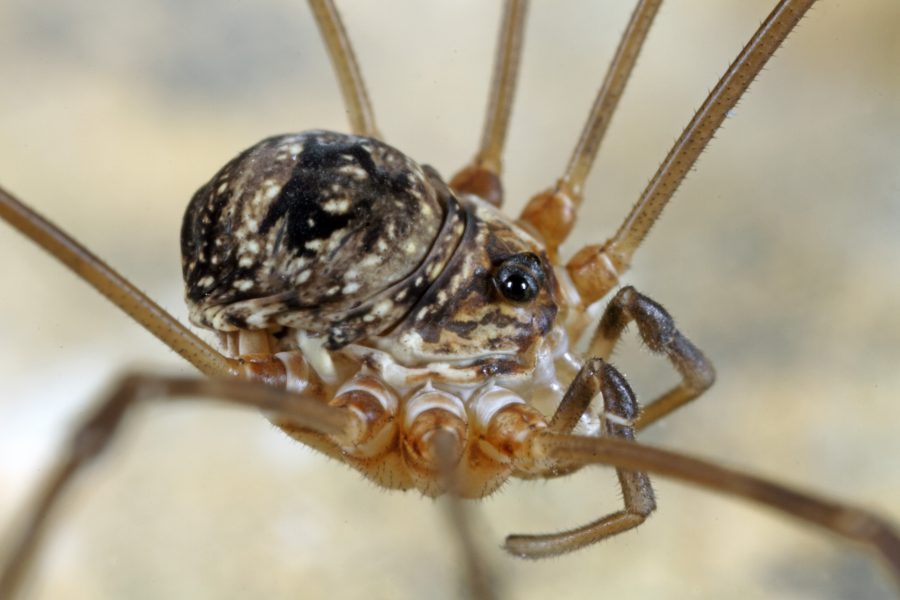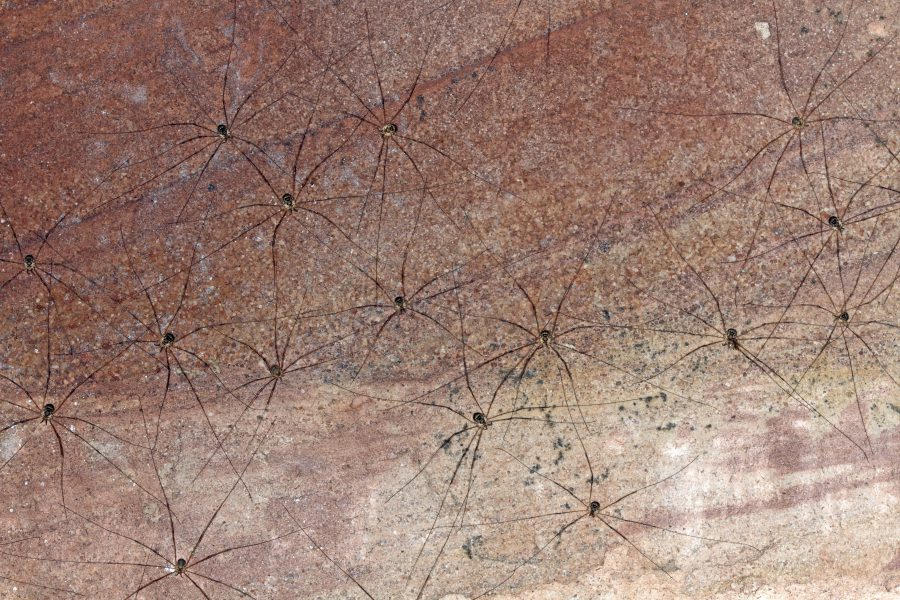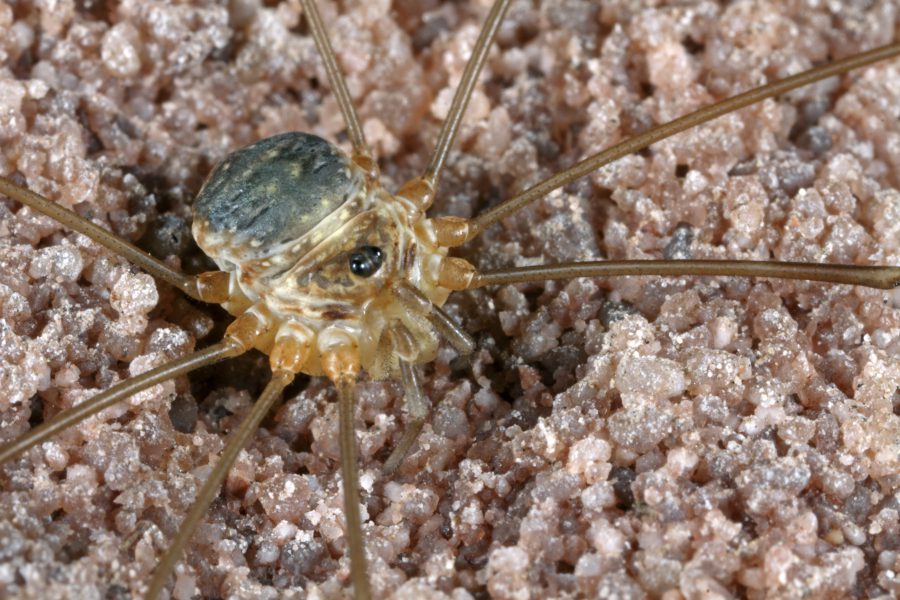
Höhlenlangbein (Cave Longleg) - Cave Animal of the Year 2016
Introduction
The Cave Longleg (Amilenus aurantiacus) belongs to the family Phalangiidae of the harvestmen (order Opiliones). There is no accepted common name in English, its German name, "Höhlenlangbein", translates to "Cave Longleg". It was first described in 1881 by the French naturalist and arachnologist Eugène Simon from animals collected in Saint-Martin-Vésubie in the French Sea-Alps. These animals spent the winter in natural caves, mines and rock cellars. For this reason, this arachnid species has been chosen as the Cave Animal of the Year 2016. Amilenus aurantiacus represents a large number of species, which are depending on caves as sheltered and frost-free refuges.
The Verband der deutschen Höhlen- und Karstforscher e.V. (German Speleological Society) has chosen the Cave Animal of the Year to point out the immense deficiencies in the research of subterranean ecosystems and their associated faunas.
The campaign Cave Animal of the Year 2016 is supported by the Arachnologische Gesellschaft (Arachnological Society). This exemplifies the close cooperation between biospeleologists and specialists for the species groups occurring in caves. The researchers of spiders (arachnologists) are depending on the knowledge of localities and the technical knowledge of the cave researchers (speleologists), to gain insight into the life history of their species in subterranean habitats.
Description & Ecology
Amilenus aurantiacus lives in all types of forests, in the Alps predominantly in montane beech forest communities, in subalpine coniferous forests and in streamside marshes. They spend the summer in the ground layer under rocks and wood, under leaf litter and occasionally in the herbaceous layer of wetland plant communities. Amilenus aurantiacus is a sub-troglophilous species, spending the winter in caves or crevices, where temperatures don't drop below the freezing point. They are gathering there in large communities of hundreds and even thousands of individuals to go through their last moult and survive the winter together. Local differences in abundances are co-determined by the existence of caves and crevices.
As the name "Höhlenlangbein" (Cave Longleg) implies, Amilenus aurantiacus is a species with conspicuously long legs. On the abdomen, characteristic lyra-shaped markings are found (an inverted letter "z"). The markings are less obvious in the males, but clearly visible against a pale background in the females. Body length (without legs) is 2.8 to 3.3 mm in the males, and 3.5 to 5.5 mm in the females.
Distribution
The distribution of Amilenus aurantiacus extends from the French Western Alps over Switzerland, Germany and Austria to Hungary, the Balkan peninsula and Northern Greece. In Germany, the species is known from the Alps, the Swabian Alp, Rhineland-Palatine, the Odenwald and Rhön mountains, the Frankonian Alps, Thuringia, the Middle and Southern Harz mountains, the Kyffhäuser and Zittauer mountains. Only recently, additional populations were found in the Hessian - North Rhine-Westphalian border areas of the Hochsauerland (Rothaargebirge) and at the edge of the Ostsauerland mountains, where large numbers are spending the winter in mine tunnels.




